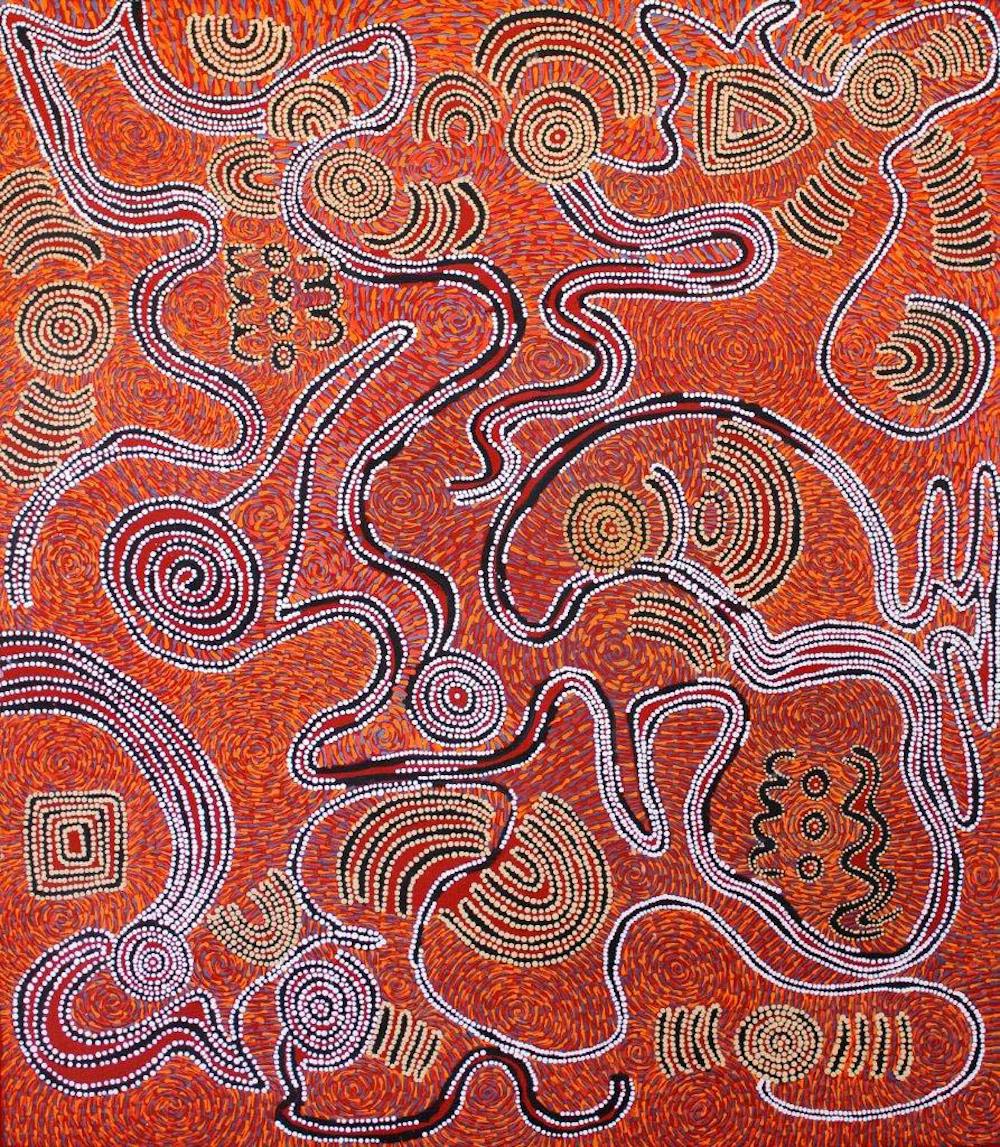This lesson is part of a bigger unit on NSW Mathematics Syllabus Stage 2 Time 2 content. Students are already able to tell and write time to the nearest minute and measure time intervals in minutes on both analogue and digital clocks. But for this one lesson, the goal is for students to understand that the Western perspective on time that is the primary focus of schooling and certainly the mathematics curriculum, is not the only meaningful way of measuring and understanding time concepts. At the end of this WebQuest students will be able to recognise that some cultures tell interpret time differently and they will become more familiar with the differences between Western perspectives and traditional Aboriginal perspectives of time.
It is assumed that:
--Students will already know addition and subtraction.
--Students will already know some of their multiplications.
--Students will already know the difference between digital and analog clocks.
--Students will already know how to tell time by the hour, half-hour, quarter hour, and the 5 minutes.
Student Informal Assessment:
As students are working in their Expert Groups, the teacher will walk around and make an informal assessment on how the students are learning by walking around, making eye contact, looking over their shoulder, listening, asking questions, and etc. The teacher will also monitor anecdotal evidence as students engage in discussion within their Home Groups.
Students will be given a concept map to individually fill out as they complete their WebQuest. Further the lesson conclusion involves filling in a Venn diagram on the similarities and differences between Aboriginal and Western concepts of time.




